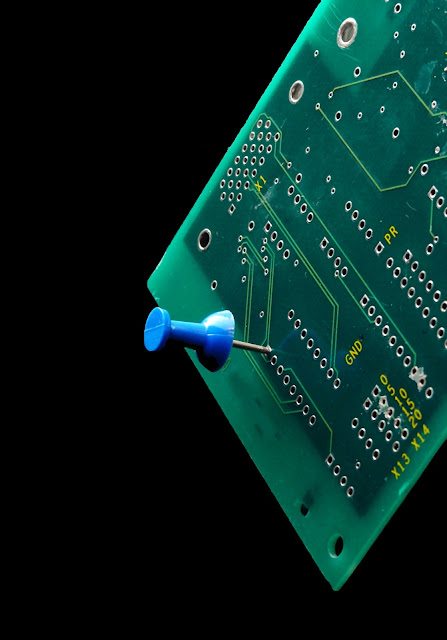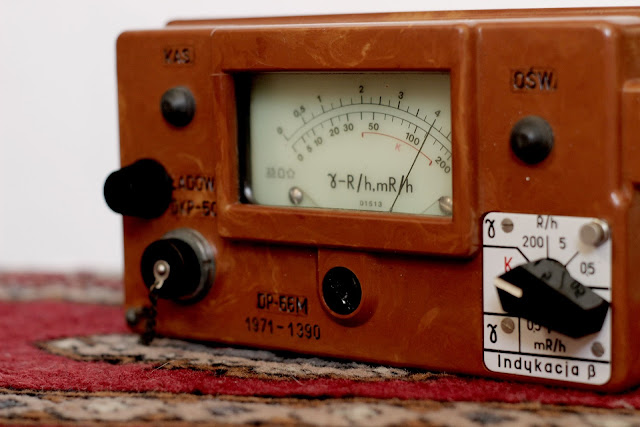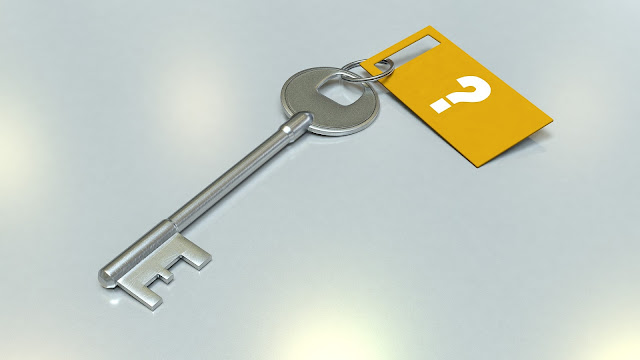LabVIEW NXG is a totally reworked version of LabVIEW and this enables it to offer a considerably improved level of performance. By adopting an approach where LabVIEW has been started again from the ground up, LabVIEW NXG enables users to see significant improvements in performance as a result of the new code.
LabVIEW NXG offers some significant definitive improvements over the previous implementation of LabVIEW:
- Plug & Play: a lot of work has gone into enabling LabVIEW NXG to provide easy set-up of hardware connections. It has true plug and play functionality.
- IDE: The LabVIEW NXG environment has been totally overhauled to take elements of popular commercial software and replicate the attributes of the environment to make it more intuitive.
- Tutorials: To facilitate the speedy uptake of newcomers to LabVIEW, the new LabVIEW NXG has inbuilt walk-throughs and other integrated learning facilities. This has been shown to greatly speed up the time which it takes for newcomers to be able to proficiently programme in LabVIEW. It is even possible to undertake a number of standard tasks without “hitting the code.”
Users of LabVIEW will be given access to both LabVIEW 2017 and later versions as well as LabVIEW NXG. In this way, they can make the choice of which version suits their application best.
National Instruments spokespeople stressed that the traditional development line of LabVIEW will continue to be maintained so that the large investment in software and applications that users have is not at risk. However, drivers and many other areas are already compatible with both lines.
“Thirty years ago, we released the original version of LabVIEW, designed to help engineers automate their measurement systems without having to learn the esoterica of traditional programming languages. LabVIEW was the ‘nonprogramming’ way to automate a measurement system,” said Jeff Kodosky, NI co-founder and business and technology fellow, known as the ‘Father of LabVIEW.’
“For a long time, we focused on making additional things possible with LabVIEW, rather than furthering the goal of helping engineers automate measurements quickly and easily. Now we are squarely addressing this with the introduction of LabVIEW NXG, which we designed from the ground up to embrace a streamlined workflow. Common applications can use a simple configuration-based approach, while more complex applications can use the full open-ended graphical programming capability of the LabVIEW language, G.”













